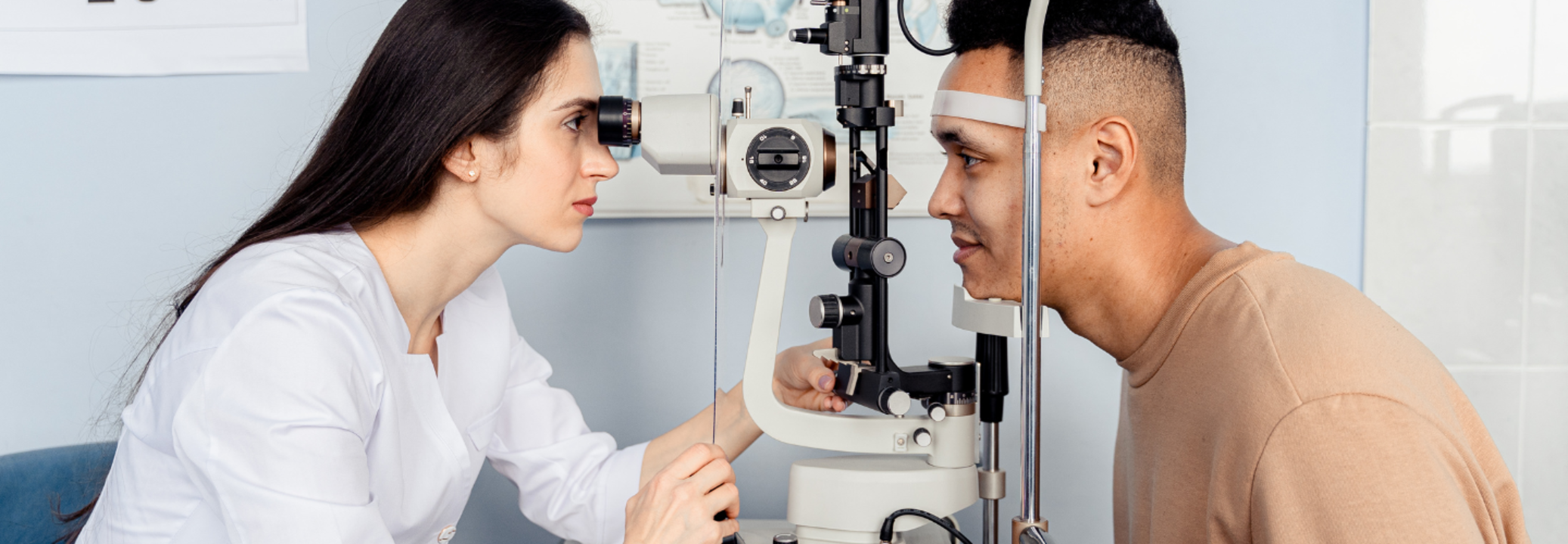AI Can Now Help Identify Diabetic Eye Disease That Can Destroy Your Vision For Life

(Credit-Canva)
SummaryWhile many people have expressed their skepticism regarding AI and tech in the medical field, researchers and health specialist back the idea as it can help expand proper care for people everywhere like this new AI that will revolutionize eye healthcare.
End of Article
